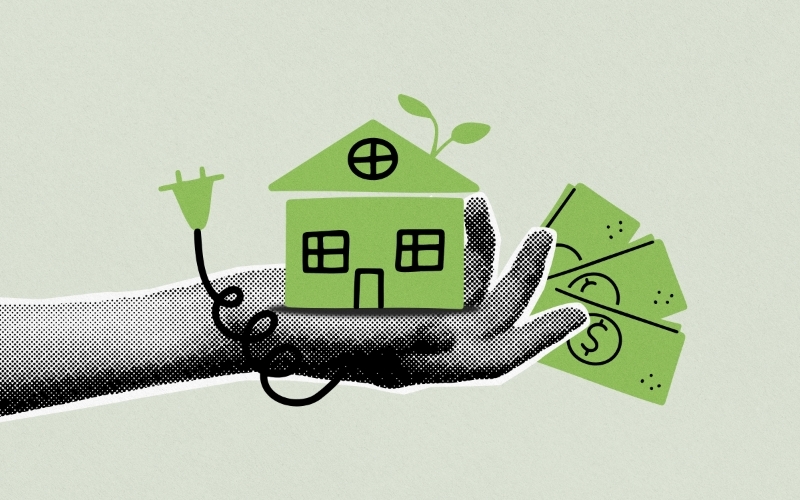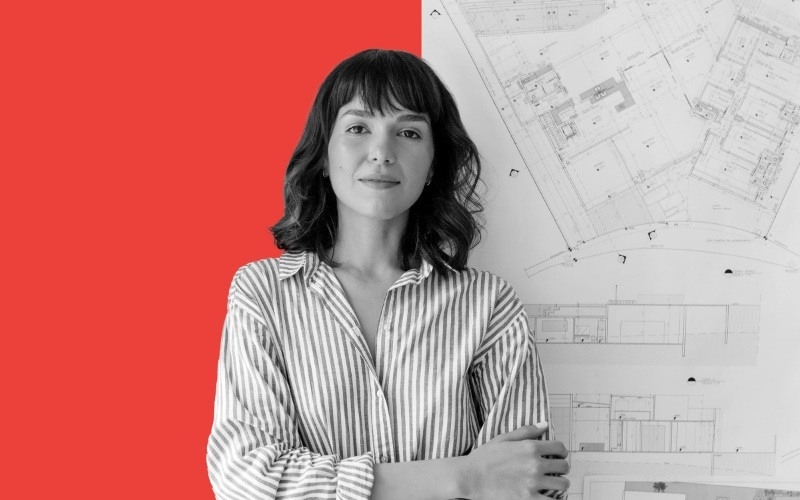Industry Trends
Marketing Insights

Written By
Katie Woods
Business Development Senior Manager
Attending the AIA 2025 Conference in Boston was a valuable and energizing experience.
Exploring the expo floor and engaging directly with the architects shaping the built environment gave our team at Wray Ward firsthand insight into their evolving needs, challenges and decision-making processes. These learnings inform the strategies we build to help our clients connect more meaningfully with this critical audience.
For brands in the home and building industry, architects aren’t just another touch point — they’re often the gatekeepers of product specification, building performance and long-term project success. As a result, events like AIA 2025 offer unmatched access to the trends and conversations shaping the future of both residential and commercial design.
From emerging tech and sustainability to messaging that truly resonates, here are five key takeaways marketers should keep in mind when engaging this audience.
1. Architecture Is Embracing Big-Picture Thinking
This year’s keynotes and panels painted a clear picture: Architecture is no longer just about aesthetics or performance. It’s about purpose.
Topics such as AI-powered design, climate resilience and inclusive infrastructure dominated the agenda. The conversation has shifted from “What can we build?” to “How can what we build improve lives?”
Your brand story should cater to these broader values. Whether you’re focused on sustainability, innovation or community impact, find ways to tell stories that resonate with these emerging priorities, especially through measurable impact and real-world applications.
2. Specifiers Want Transparency, Simplicity and Speed
Supply chain disruptions and increasingly complex certification frameworks are prompting architects to seek out partners who make their jobs easier. They’re not just looking for the “greenest” product — they want clear documentation, readily available materials and responsive support.
To simplify their path to specification, ensure your marketing materials include easily accessible Environmental Product Declarations, Life Cycle Assessments and BIM files. Highlight material availability and showcase customer support in action. These practical proof points often matter more than aspirational claims.
3. Innovation Isn’t Just High-Tech — It’s High-Touch
Materials that engage the senses stood out this year, from biophilic surfaces and acoustic advancements to mass timber hybrids and modular building systems.
Booths that blended these next-gen solutions with experience made a lasting impression. One standout used tactile textures and finishes to highlight material benefits; another used AI to sketch attendees’ design visions.
Your physical and digital brand experiences should be just as engaging as the materials themselves. Consider sensory storytelling: how your product looks, feels and performs in real environments. And don’t underestimate the power of tech-enabled interactivity in both trade shows and digital settings.


